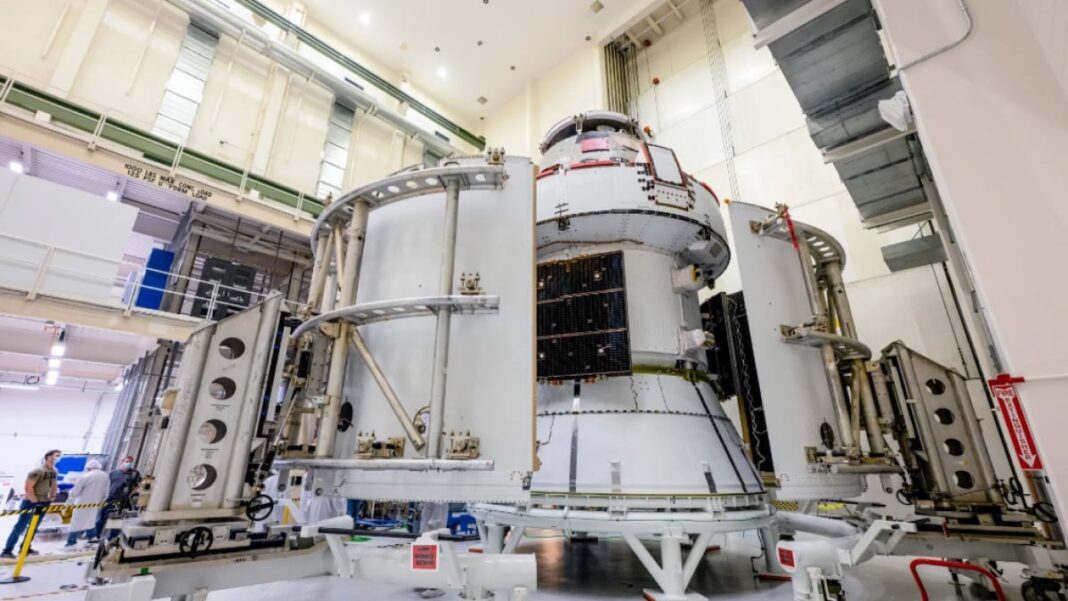The Revised Timeline for NASA’s Artemis Programme
Exploring the depths of space has always been an endeavor that captures the imagination and curiosity of humanity. The Artemis programme, spearheaded by NASA, is a pivotal step towards unraveling the mysteries of the cosmos. However, recent developments have prompted a revision in the timeline, emphasizing the importance of safety and technical readiness for crewed missions. Let’s delve into the details of these adjustments and their implications for the future of space exploration.
Challenges Identified During Artemis 1
Following the uncrewed Artemis 1 mission in late 2022, unexpected wear on Orion’s heat shield during reentry raised concerns. Gases trapped in the heat shield due to its reentry trajectory caused uneven ablation, prompting the need for adjustments in subsequent missions. While the safety of the spacecraft was not compromised, the findings led to a reevaluation of technical preparations for Artemis 2.
Technical Preparations for Artemis 2
NASA officials highlighted ongoing work on Orion’s environmental control and battery systems as key contributors to the revised schedule. The installation of a new heat shield for Artemis 2 in mid-2023 will undergo rigorous testing to address previous concerns. Additionally, modifications to the spacecraft’s reentry path aim to enhance safety protocols by bringing it closer to the Pacific recovery zone.
Factors Affecting Artemis 3
The timeline for Artemis 3 is closely tied to the development of SpaceX’s Starship, the lunar lander for the mission. While progress has been made, the testing phase of Starship necessitates alignment with the Artemis programme’s objectives. Despite delays, NASA remains steadfast in its commitment to advancing lunar exploration and maintaining a strategic lead in establishing a presence on the Moon.
Conclusion
The revised timeline for NASA’s Artemis programme underscores the inherent challenges and complexities of space exploration. By prioritizing safety and technical preparedness, NASA aims to ensure the success of future crewed missions to the Moon. As we look ahead to the next chapter of humanity’s journey into space, these adjustments serve as a testament to the resilience and determination of the scientific community.
FAQs
- Why have the key missions of the Artemis programme been delayed?
- What challenges were identified during the Artemis 1 mission?
- What technical preparations are underway for Artemis 2?
- How is the development of SpaceX’s Starship impacting Artemis 3?
- What is NASA’s commitment amidst the delays in the Artemis programme?
The delays in Artemis 2 and Artemis 3 are primarily attributed to the need for technical adjustments to enhance safety and readiness for crewed missions.
Unexpected wear on Orion’s heat shield due to gases trapped during reentry prompted the need for adjustments in subsequent missions.
Ongoing work on Orion’s environmental control and battery systems, as well as testing of a new heat shield, are key components of the technical preparations for Artemis 2.
The testing phase of Starship, the lunar lander for Artemis 3, is influencing the timeline of the mission, requiring alignment with the Artemis programme’s objectives.
Despite the delays, NASA remains committed to advancing lunar exploration and maintaining a strategic lead in establishing a presence on the Moon.

